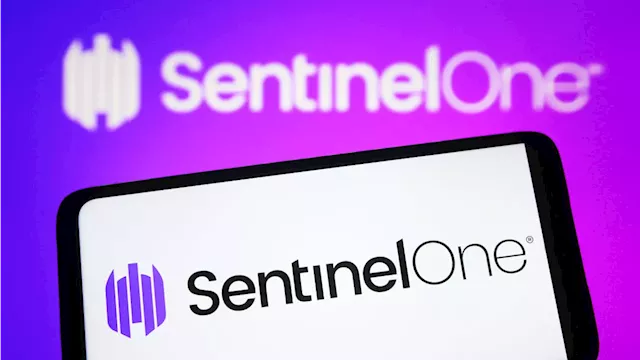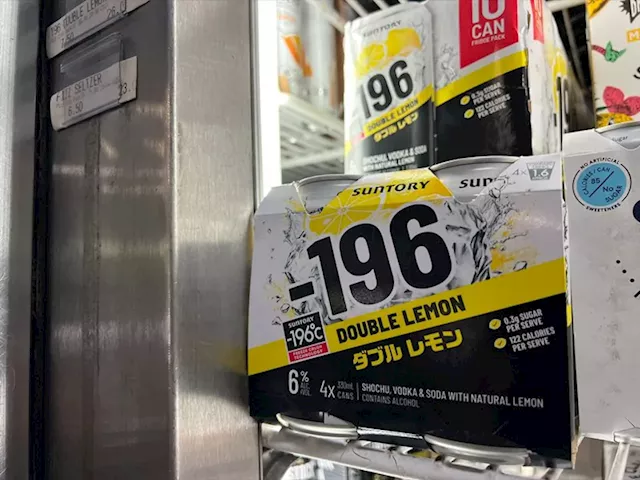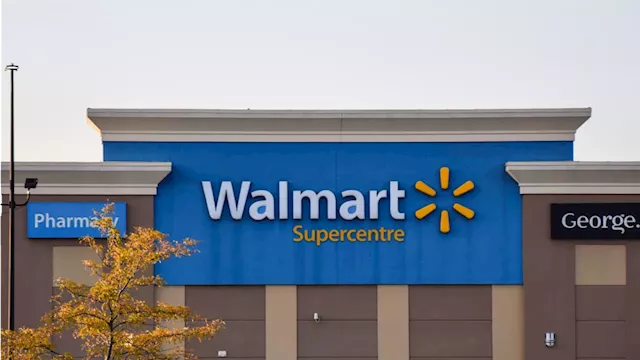Over the years as an advisor and investor, I've spoken to hundreds of mainly natural resource investors. A topic I've always found difficult to explain, which is vitally important to understanding a stock, is the different between 'share price' and 'market capitalization' .
To use our earlier example – if we bought Apple stock at $100 per share, and if there were 100 million shares outstanding – that would imply a market cap of $10 billion. Therefore, $10 billion would be needed to 'notionally' purchase the entire company. In the natural resource and mining sector, there are four asset categories: 1. Major producers, 2. Junior producers, 3. Development stage companies, and 4. Exploration stage companies.
Given that most companies in the bottom three asset classes of the natural resource space are negative cash-flowing, investors need to anticipate share count expansion over time. If they issue shares and exchange them for the strip of property, the transaction may be deemed beneficial to shareholders, despite the share dilution. Whether or not the transaction is beneficial would be a separate set of calculations – namely, deciding what the shares exchanged are 'worth', and what the strip of property is worth – and whether there is a reasonable rate of return, on the 'notional' value spent on the property.
The odds of an exploration company exploring a project on their own, funded solely by their shareholders, and discovering a Tier 1 deposit, is akin to the odds of winning the lottery. When such a remote set of survival odds are combined with a negative cash flowing business model, it becomes clear, that 'sole-funded' exploration companies are among the riskiest market sectors on the planet.
In response to seeing the offering, some shareholders decide to sell their shares, and the market price drops to $.08, matching the recent offering price. However, since the share count grew – the market cap, using the new share price of $.08 – comes out to $10,000,000 – matching precisely the prior market cap, when there were fewer shares outstanding priced at $.10.
Other instances may see shareholders completely wiped out through bankruptcy or other reorganization, with subsequent launching of a new separate company under a different name . There are a few optionality companies that engage in exploratory drilling to increase the resource base of an existing deposit, advance feasibility study work, and/or acquire additional optionality deposits over time. 'Active' optionality deposit companies of this type will consequently produce share expansion at a faster speed.
The following statistical displays are one of many information gathering processes. Inspection of corporate developments over time would require review of the balance sheet, asset and resource base of the company, and income statement. The second company we'll look at is Seabridge Gold. As illustrated by the red line below – the share price increased from CAD $4.75 to approximately CAD $23.71 over the last 20 year period, from January 2004 to September 2024. This is roughly a 5x move higher: As illustrated by the blue line above, the outstanding share count increased from about 26 million to over 87 million during the same 20 year period; over a 3x increase.
This resulted in a market cap increase, as illustrated by the green line, which over the same 20 year period grew from about USD $143 million to over USD $186 million – an increase of over 30%. The reason the market cap revisitation multiple is lower than some expect, is explained by the blue line in the Northern Dynasty chart above – outstanding share count ballooned by over 23x, during the 20 year period.
المملكة العربية السعودية أحدث الأخبار, المملكة العربية السعودية عناوين
Similar News:يمكنك أيضًا قراءة قصص إخبارية مشابهة لهذه التي قمنا بجمعها من مصادر إخبارية أخرى.
 Discount retailers are losing market share to big box storesBig retail players Dick's Sporting Goods (DKS) and Dollar Tree (DLTR) both reported earnings on Wednesday, giving more insight into the current consumer...
Discount retailers are losing market share to big box storesBig retail players Dick's Sporting Goods (DKS) and Dollar Tree (DLTR) both reported earnings on Wednesday, giving more insight into the current consumer...
مصدر: YahooFinanceCA - 🏆 47. / 63 اقرأ أكثر »
 SentinelOne will be a 'show-me' story as it seeks market shareCiti has lifted its price target on SentinelOne (S) to $25 from $20, despite maintaining its Neutral rating. Citi US software equity research co-head Fatima ...
SentinelOne will be a 'show-me' story as it seeks market shareCiti has lifted its price target on SentinelOne (S) to $25 from $20, despite maintaining its Neutral rating. Citi US software equity research co-head Fatima ...
مصدر: YahooFinanceCA - 🏆 47. / 63 اقرأ أكثر »
 Lego CEO: Building sets are gaining share in a tough toy marketLego CEO Niels B. Christiansen serves up an earnings report that bucks the trend in the toy industry.
Lego CEO: Building sets are gaining share in a tough toy marketLego CEO Niels B. Christiansen serves up an earnings report that bucks the trend in the toy industry.
مصدر: YahooFinanceCA - 🏆 47. / 63 اقرأ أكثر »
 Japan's Suntory aims for greater US canned cocktail market share, bets on spirits expertiseJapan's Suntory Holdings is betting on its spirits expertise to boost its share in the U.S. canned cocktails market, said a senior official from the drinks...
Japan's Suntory aims for greater US canned cocktail market share, bets on spirits expertiseJapan's Suntory Holdings is betting on its spirits expertise to boost its share in the U.S. canned cocktails market, said a senior official from the drinks...
مصدر: YahooFinanceCA - 🏆 47. / 63 اقرأ أكثر »
 Japan's Suntory aims for greater US canned cocktail market share, bets on spirits expertiseJapan's Suntory Holdings is betting on its spirits expertise to boost its share in the U.S. canned cocktails market, said a senior official from the drinks...
Japan's Suntory aims for greater US canned cocktail market share, bets on spirits expertiseJapan's Suntory Holdings is betting on its spirits expertise to boost its share in the U.S. canned cocktails market, said a senior official from the drinks...
مصدر: YahooFinanceCA - 🏆 47. / 63 اقرأ أكثر »
 How Walmart is winning and keeping market share: AnalystWalmart (WMT) reported second-quarter earnings that beat expectations on both revenue and profit. The company also raised its full-year guidance. Michael...
How Walmart is winning and keeping market share: AnalystWalmart (WMT) reported second-quarter earnings that beat expectations on both revenue and profit. The company also raised its full-year guidance. Michael...
مصدر: YahooFinanceCA - 🏆 47. / 63 اقرأ أكثر »
